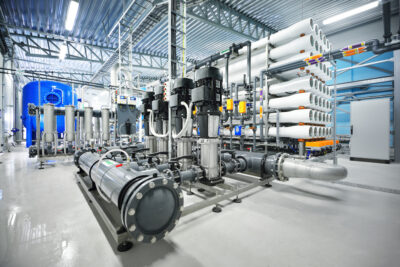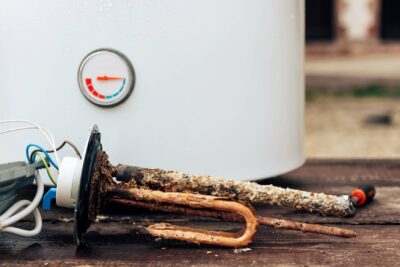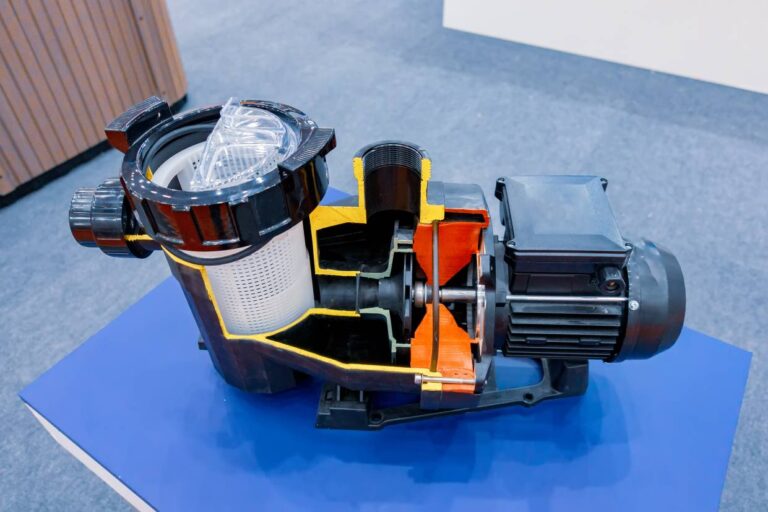Swimming Pool Filter System Pump
Introduction The swimming pool filter system pump is often referred to as the “heart” of a pool’s circulation system. It plays a crucial role in maintaining the cleanliness and clarity of the pool water by ensuring that water is continuously circulated through the filtration system. Without a properly functioning pump, even the best filter cannot effectively remove debris and contaminants from the pool water. This article will explore the function of a swimming pool filter system pump, the different types available, and essential maintenance tips to keep your pump running efficiently.
The Role of a Swimming Pool Pump
The primary function of a swimming pool pump is to draw water from the pool, push it through the filter, and then return the clean water back into the pool. This circulation is vital for preventing stagnation, distributing chemicals evenly, and removing debris such as leaves, dirt, and microorganisms.
- Circulation: The pump continuously circulates water, ensuring that all areas of the pool receive equal filtration and chemical treatment. This helps prevent the growth of algae and bacteria by keeping the water moving.
- Filtration: As the pump pushes water through the filter, contaminants and debris are trapped, leaving only clean water to be returned to the pool. The effectiveness of the filtration process is directly related to the performance of the pump.
- Chemical Distribution: By circulating the water, the pump ensures that any added chemicals, such as chlorine or algaecides, are evenly distributed throughout the pool, maintaining balanced water chemistry.
Types of Swimming Pool Pumps
Swimming pool pumps come in various types, each suited to different pool sizes, usage patterns, and energy efficiency needs.
- Single-Speed Pumps
- Operation: Single-speed pumps operate at one fixed speed, typically running at full capacity whenever they are turned on. This was the standard pump type for many years.
- Pros and Cons: While single-speed pumps are straightforward and relatively inexpensive, they are not energy-efficient, as they consume a significant amount of electricity when running at full speed.
- Dual-Speed Pumps
- Operation: Dual-speed pumps offer two speed settings: high and low. The high setting is used for tasks that require more power, such as vacuuming the pool, while the low setting is used for regular filtration and circulation.
- Pros and Cons: These pumps offer better energy efficiency than single-speed pumps because the low setting consumes less electricity. However, they are more expensive upfront.
- Variable-Speed Pumps
- Operation: Variable-speed pumps allow the user to adjust the speed of the pump to match the specific needs of the pool at any given time. These pumps use a permanent magnet motor, similar to those found in electric cars, making them highly energy-efficient.
- Pros and Cons: Variable-speed pumps are the most energy-efficient option available, often leading to significant savings on electricity bills. They also offer precise control over water circulation. However, they are the most expensive type of pump to purchase and install.
Choosing the Right Pump for Your Pool
Selecting the right pump for your swimming pool depends on several factors, including the size of your pool, your energy efficiency goals, and your budget.
- Pool Size: Larger pools require pumps with higher flow rates to ensure that all the water is circulated and filtered adequately. The pump’s horsepower (HP) rating should be matched to the pool’s size to avoid overworking the pump or under-filtering the water.
- Energy Efficiency: If energy consumption is a concern, investing in a variable-speed pump can provide significant savings over time. These pumps allow you to run the pump at lower speeds for longer periods, which is more efficient than running a single-speed pump at full power.
- Budget: While variable-speed pumps are more expensive initially, the long-term savings on electricity can offset the higher upfront cost. If budget constraints are a concern, a dual-speed pump might offer a good compromise between efficiency and cost.
Maintaining Your Swimming Pool Pump
Regular maintenance is key to ensuring the longevity and efficiency of your swimming pool pump. Here are some essential maintenance tips:
- Clean the Pump Basket: The pump basket collects large debris such as leaves and twigs before the water reaches the filter. Regularly check and clean the basket to prevent clogs that can reduce the pump’s efficiency and strain the motor.
- Check for Leaks: Inspect the pump regularly for any signs of leaks around the seals and fittings. Leaks can lead to air entering the system, which can reduce the pump’s performance and potentially damage the motor.
- Monitor the Pressure Gauge: The pressure gauge on your filter system can indicate how well the pump is functioning. If the pressure is too high or too low, it may indicate a problem with the pump or the filter that needs to be addressed.
- Lubricate the O-Rings: The O-rings in your pump’s housing should be lubricated regularly to ensure a tight seal and prevent leaks. Use a silicone-based lubricant for best results.
- Keep the Pump Motor Cool: Ensure that the pump motor has adequate ventilation and is not exposed to direct sunlight for prolonged periods, as overheating can reduce its lifespan. In some cases, a pump cover may be necessary to protect the motor from the elements.
- Winterize the Pump: If you live in an area with freezing temperatures, it’s important to winterize your pump by draining all water from the system and storing it in a dry, warm place. This prevents damage from freezing water.







